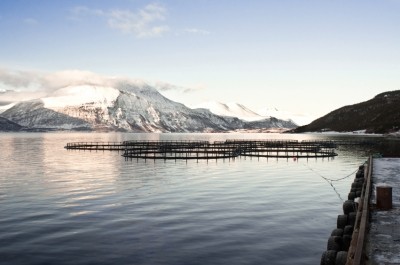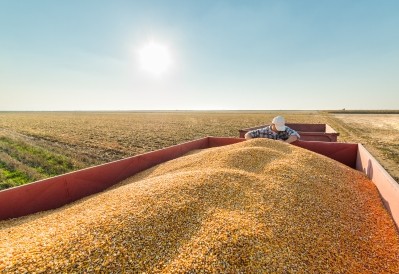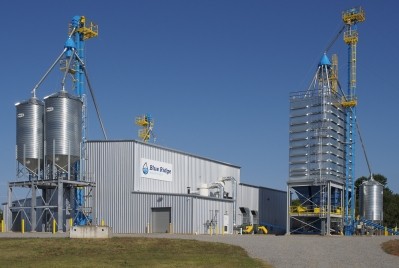Deadlines loom for USDA aquaculture grant program

The grants look to support applied research and generate innovation and information to address needs of the US aquaculture industry, said the USDA. It is run through the USDA’s National Institute of Food and Agriculture.
Applications are due by May 17 and up to $1.2m may be awarded overall, said the USDA. Individual grants may run up to $300,000, but matching funds may be needed.
The goal of the grant program is to support domestic, commercial aquaculture, said Gene Kim, national program leader in the division of animal systems.
“We’re trying to address constraints of the US aquaculture industry, which is relatively small,” he told FeedNavigator. “[Proposals] should be something that addresses something that is holding back our shellfish or fish industry.”
Additionally, applications need to relate to one of four areas outlined in the application, he said. These include work with genetics, diseases, production systems and economics, according to program details.
This year’s application also promotes work with the long-term goals of potentially providing another market for the US grain industry, reduce the trade deficit and improve industry profitability and domestic food security, according to application details.
“A lot of the work is trying to replace fishmeal and fish oil,” said Kim of the focus on the grain industry. Reducing the reliance on fish products and dietary use of plant products is an issue, but applications still have to fall under one of the specified categories, he added.
Application details
The areas specified by the application for attention include the genetics of species raised in commercial aquaculture and work addressing disease challenges, according to program information. Other areas focus on improving the environmental or economic sustainability of production methods and research looking to improve aquaculture’s profitability
Applicants have to establish which of the four areas they are addressing in their applied research, according to the application. Projects that can explain how their results will provide benefit to end users will be given priority.
Industry partnerships or participation is encouraged and applicants need to offer a timeline for how and when results will be publically shared, according to program details.
The focus on economic and sector development stems from both the growth of aquaculture and the global seafood market, according to program information. The US aquaculture industry does not cover demand and work is needed to develop practical solutions for the sector.
“Although US aquaculture production has shown growth in the past decade, the US currently still has an approximately $12 billion trade deficit in seafood products and imports more than 90% of seafood consumed,” said the USDA.
The program is open to multiple groups and organizations including state agricultural experiment stations, colleges, universities, federal agencies, other research institutions or organizations and private organizations, it said.
Past projects
In 2015 four projects were awarded grants, according to program details. The work ranged from looking at ways to improve genetic potential to analyzing the types of microbes found in shellfish hatcheries.
A project at Auburn University examined the potential link between undigested phytic acid in catfish diets and the virulence of the catfish disease aeromonas hydrophilia (vAh), according to grant information. The group looked at ways to degrade phytic acid and reduce the strength of the disease challenge.
“Strategies which disrupt this cycle, by degrading phytic acid, limiting MYO [myo-inositol] availability in sediment, and increasing fish gut health may diminish the likelihood of vAh outbreaks in the US catfish industry,” according to grant information. “In this proposed research we will evaluate applied, nutritional approaches for combating vAh and examine their impact on both host and pathogen.”
Part of the work also included looking at fish growth and performance when given a diet that contained either phytase or a probiotic that boosted phytase activity, they said.









